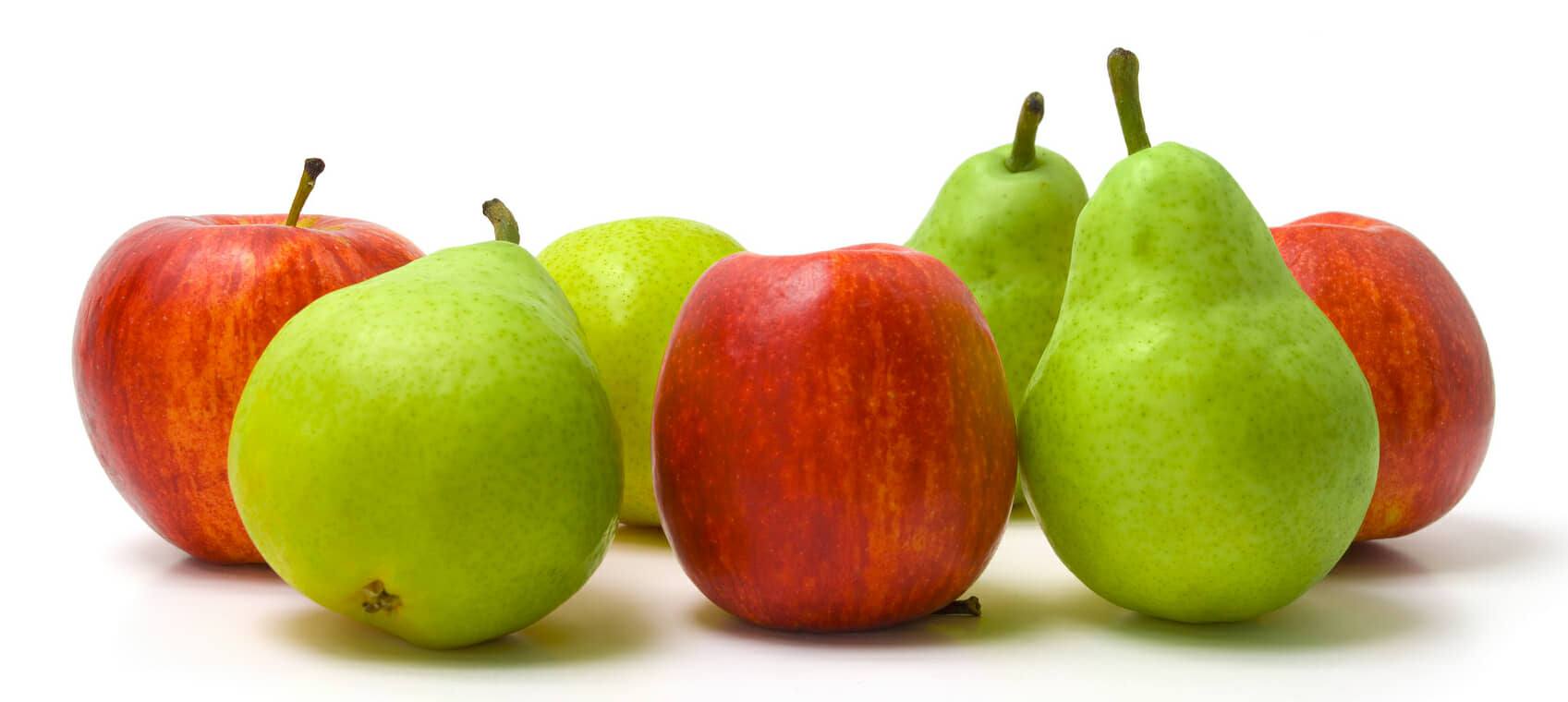 Try Some Easy Diet Changes to Help Lower High Cholesterol Levels in Just Four Weeks
Try Some Easy Diet Changes to Help Lower High Cholesterol Levels in Just Four Weeks
I don't believe cholesterol is the serious heart-risk factor that the drug companies make it out to be in their advertising. However, I also don't believe that it's healthy to let cholesterol go unchecked. Research clearly shows there is a healthy range for cholesterol. If you go too far above it or below it, you're asking for trouble.
Fortunately, lowering high cholesterol levels is relatively easy and doesn't usually require medication. It just takes a little discipline, some patience, and a cholesterol-lowering diet, such as my Pan-Asian Modified Mediterranean (PAMM) diet.
To demonstrate how just a few dietary changes can help you lower high cholesterol levels, consider starting off your cholesterol-lowering efforts by adopting the following three simple nutritional recommendations. If done daily, they will lower your high cholesterol levels in about four weeks—even with no other changes to what you eat.
- Eat a better breakfast. Make sure your daily breakfast includes a serving of oat bran, raisin bran, shredded wheat, or bran flakes with a fresh fruit such as blueberries, strawberries, raspberries, bananas, peaches, etc. On top, sprinkle two tablespoons of ground organic flaxseed and serve with 6–9 ounces of organic skim or 1-percent milk. These high-fiber foods help trap and escort cholesterol out of the gut and, therefore, go a long way toward lowering your cholesterol level. And remember to choose organic fruits (and vegetables) whenever possible to avoid the pesticides used on conventionally grown produce.
- Work in certain foods. Any time throughout the day, eat one pear or one apple, and one medium-sized carrot. When you couple these high-fiber snacks with the above high-fiber breakfast, you total about 20 grams of fiber alone, which is more than the typical American gets in an entire day.
- Grab a grapefruit. For another snack, or as a dessert with any meal, eat one half of a grapefruit, including all of the white pulp. This is loaded with pectin, a soluble fiber. Please note, however, that you should only eat grapefruit (or drink grapefruit juice) after talking with your doctor to confirm that none of the medications you're taking will interact with it. The effects of many cardiovascular drugs, including statins, can be intensified when combined with grapefruit or grapefruit juice. This is because grapefruit affects enzyme systems in the liver and increases the amount of some medications in your blood. (Learn more about grapefruit and drug interactions.) So, if you're taking one of these drugs, I don't advise that you eat grapefruit or drink grapefruit juice. Just stick with the first two recommendations instead.
WATCH: Does a Family History of High Cholesterol Really Increase Your Risk for Heart Disease?
More Dr. Sinatra Advice on Lowering Cholesterol Through Diet
Want an easy way to get more cholesterol-lowering fiber into your diet? Discover how juicing can help add fiber to your diet and detoxify your system.
What type of dietary fat wreaks the most havoc on your cholesterol levels? Find out how trans fats both lower your “good” HDL cholesterol and raise your “bad” LDL cholesterol.


